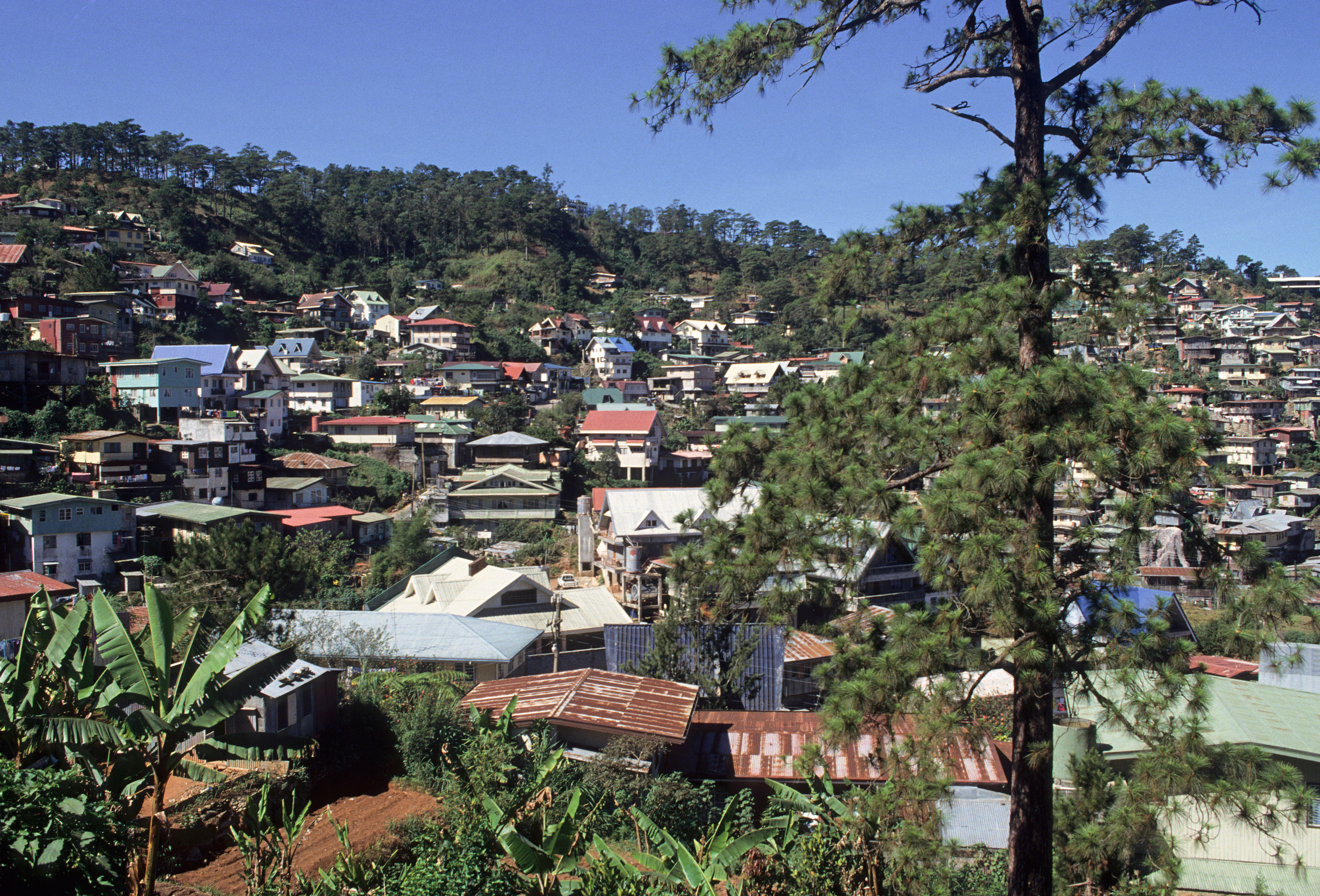Most people in the Philippines live in urban areas, particularly in major cities. The most populated regions are in Luzon, home to Manila.

Introduction
Background of the Philippines
The Philippines, an archipelagic nation located in Southeast Asia, is one of the most ethnically diverse countries in the world. With over 7,000 islands, it’s home to numerous distinct ethnic groups and cultures. The country’s history is a rich tapestry of indigenous traditions intertwined with influences from Spanish, American, and Asian cultures. Despite its size, the Philippines is the 13th most populous country globally, illustrating the high population density in its urban centers and rural communities.
Overview of the demographic situation
Demographics play a key role in understanding where most people in the Philippines live. The country’s population is young, with a median age of around 24 years old. However, there is a noticeable population drift from rural to urban areas, leading to dense population clusters in cities like Manila, Quezon City, and Cebu City. This urban migration trend has significant implications for socio-economic and environmental aspects, shaping the nation’s future.
Population Distribution by Region
Luzon
As the largest and most populous island in the Philippines, Luzon accounts for more than half of the country’s population. This region is home to the nation’s capital, Manila, as well as other densely populated cities like Quezon City and Caloocan. The heavy concentration of people in Luzon is primarily due to the significant economic opportunities and infrastructure in these urban centers.
Visayas
The Visayas, a group of islands in the central Philippines, has a diverse and widespread population. Cities like Cebu City and Iloilo City are major population hubs, but many inhabitants live in rural and coastal communities. These areas provide essential resources, such as fisheries and agriculture, vital to the livelihoods of locals.
Mindanao
Mindanao, the second-largest island in the Philippines, features a mixture of urban and rural populations. Davao City, the largest city in terms of land area, attracts significant urban migration. However, large portions of Mindanao remain rural, with communities deeply connected to farming and fishing.
Rural versus Urban Populations
Trends in urbanization
Over recent decades, the Philippines has experienced a noticeable trend of urbanization. As opportunities in sectors such as technology, manufacturing, and services grow in cities like Manila and Cebu, more people are migrating from rural areas. This urban shift contributes to the increasingly dense population in the country’s metropolitan areas.
Challenges and opportunities in rural areas
Despite the trend towards urbanization, a substantial part of the population still resides in rural areas. Rural communities face certain challenges, including access to quality education, healthcare, and job opportunities. However, these areas are also brimming with potential. With the country’s rich natural resources, rural regions play a critical role in agriculture and fisheries. The development of these sectors and the promotion of sustainable rural tourism could provide new opportunities for these communities.
Factors Influencing Population Distribution
Economic Factors
Economic opportunities heavily influence where people decide to live in the Philippines. Urban areas, such as Manila and Cebu City, offer a wider range of job opportunities, particularly in sectors like technology, manufacturing, and services. The promise of better income, coupled with access to amenities, has contributed to the steady influx of people into these urban centers.

Environmental Factors
The geographical and environmental characteristics of the Philippines also play a role in population distribution. Areas prone to natural disasters, like typhoons and earthquakes, may have fewer inhabitants due to potential risks. Meanwhile, coastal regions and areas with fertile land tend to have higher population densities due to their suitability for fishing and agriculture.
Cultural Factors
Cultural factors are another critical determinant of population distribution. Many Filipinos choose to live close to their extended families and ancestral homes, influencing the concentration of populations in certain areas. Furthermore, areas with a significant presence of specific ethnic groups may attract more people from those groups due to cultural familiarity and community support.
Implications of Population Distribution
Impacts on Infrastructure
A growing population and its concentration in urban areas place a significant strain on the country’s infrastructure. These challenges include housing shortages, traffic congestion, and pressure on public services such as healthcare and education. Addressing these infrastructure needs is critical for maintaining quality of life and economic productivity.
Social and Economic Implications
The distribution of the population in the Philippines has profound social and economic implications. In urban areas, economic activity is concentrated, leading to wealth generation but also exacerbating income inequality. Meanwhile, rural regions, although less populated, play a critical role in the nation’s food security and contribute significantly to the economy through agriculture.
Impacts on the Environment
Increased population density, particularly in urban areas, has environmental consequences. These include higher levels of pollution, greater demand for resources, and more significant waste generation. In contrast, population pressures in rural areas can lead to deforestation and overfishing, impacting biodiversity and environmental sustainability.